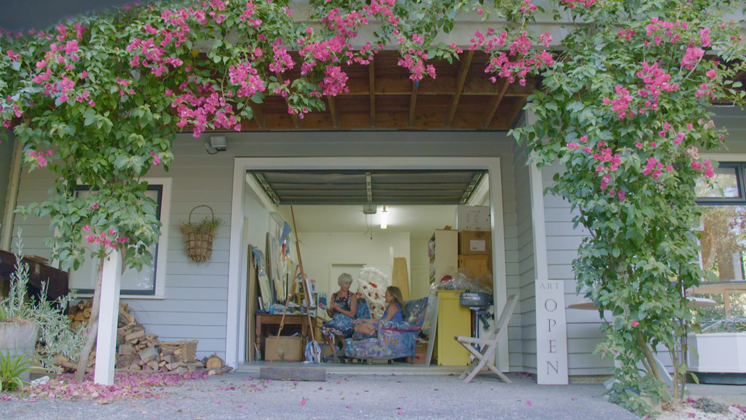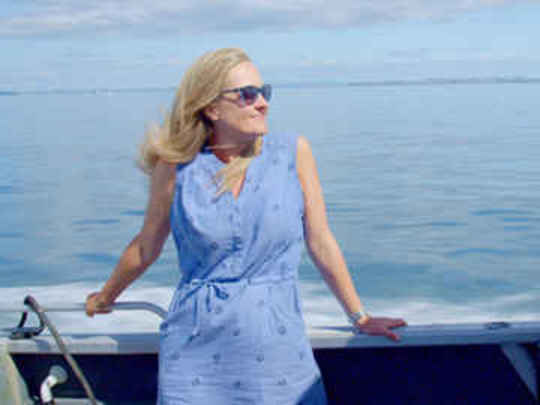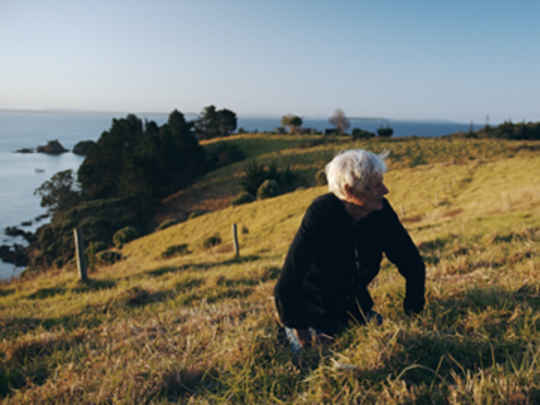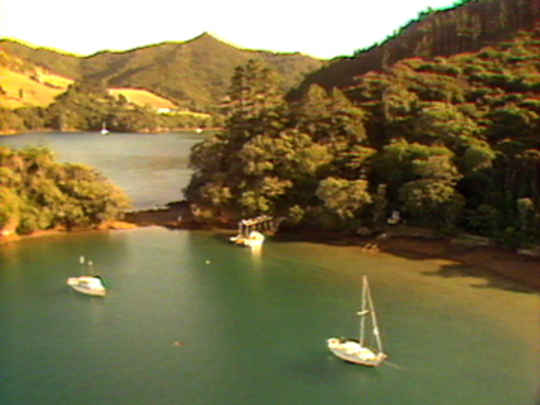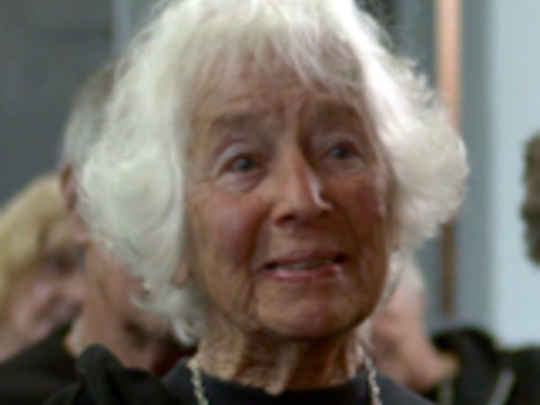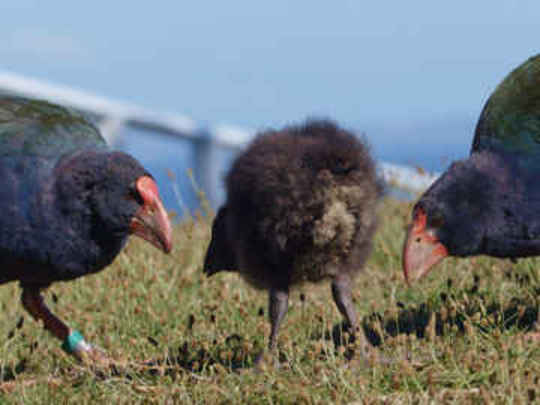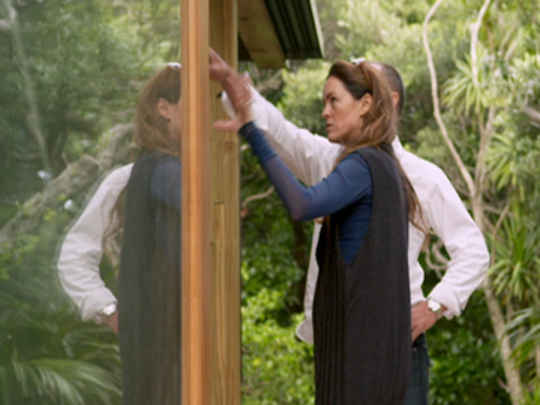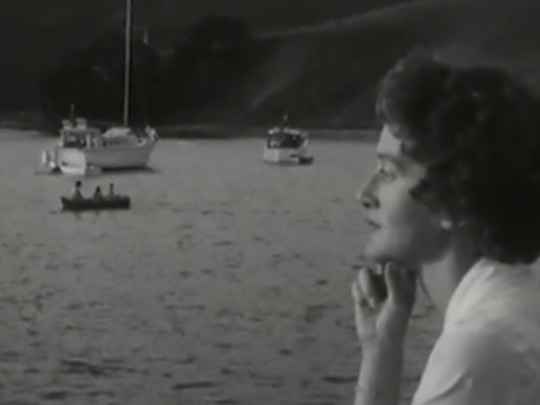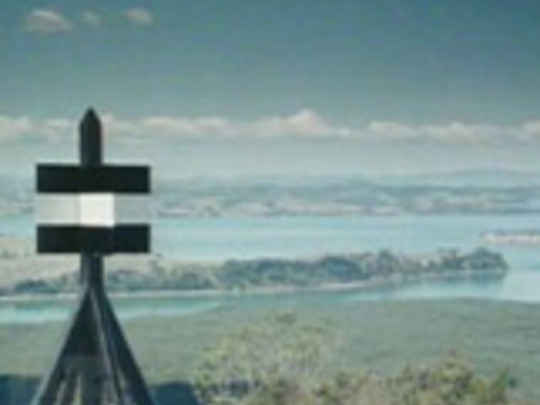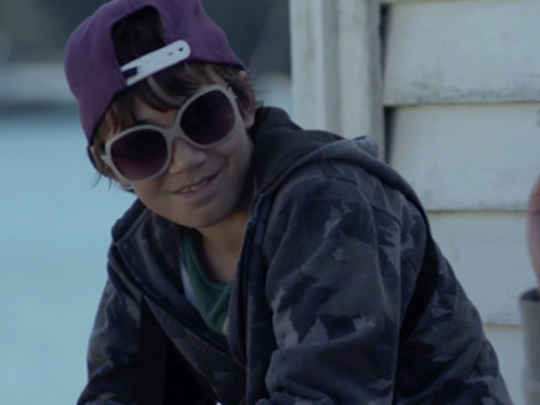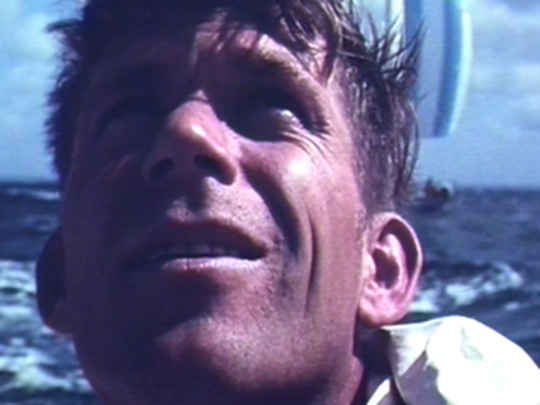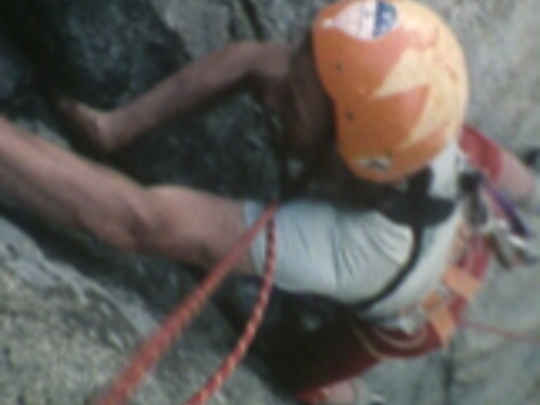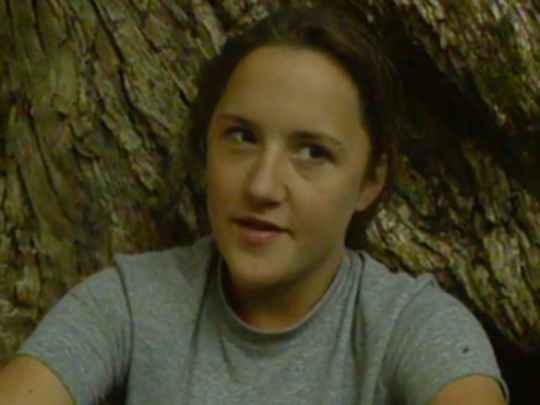Islands of the Gulf - Episode 5
Television (Full Length Episode) – 2018
I thought of all the islands of the Hauraki, on days when they take fire from the sun, and lie light as feathers on the sea. Forty islands I see — more if you count the gannet perches — and snug in my mind's eye, not one of them seems very far away.
– Shirley Maddock, quoted by her daughter Elisabeth Easther at the end of the series
I think there's a lot of people here that perhaps are a little bit different from the norm. I think it takes a stronger personality to live here and enjoy it. And I quite often hear the phrase 'only on Waiheke' when you see something strange. So being a mermaid here on the island fits in perfectly.
– Ann Skelly, artist and Waiheke Island resident
Over time Waiheke became a refuge for hippies, artists and alternative lifestylers. Lately it's become a bit more gentrified, but it still attracts its fair share of unconventional characters.
– Presenter Elisabeth Easther
Most people visit Rakino for weekends or holidays. There are no shops and just twelve people, give or take, who live permanently on the island.
– Presenter Elisabeth Easther hits Rakino Island
The tramping tracks on this island are works of art: elegantly engineered swing bridges, elaborate staircases, raised timber walkways. Today Aotea Great Barrier boasts over one hundred kilometers of walking tracks.
– Presenter Elisabeth Easther, early in this episode
I sort of recall it being a very friendly, very easy place to live. Entertainment was different families meeting up on the beach, fishing or boating...
– Mike Newman, owner of the general store on Great Barrier Island, early in this episode
...at low tide if I go around and sit for a while with the camera quietly, they come and have a look at you. They don’t go away, they actually come and see what you’re up to . . . [if you] sit for quite a while.
– Peter Rees on photographing birds in the bays of Waiheke Island, late in this episode.
